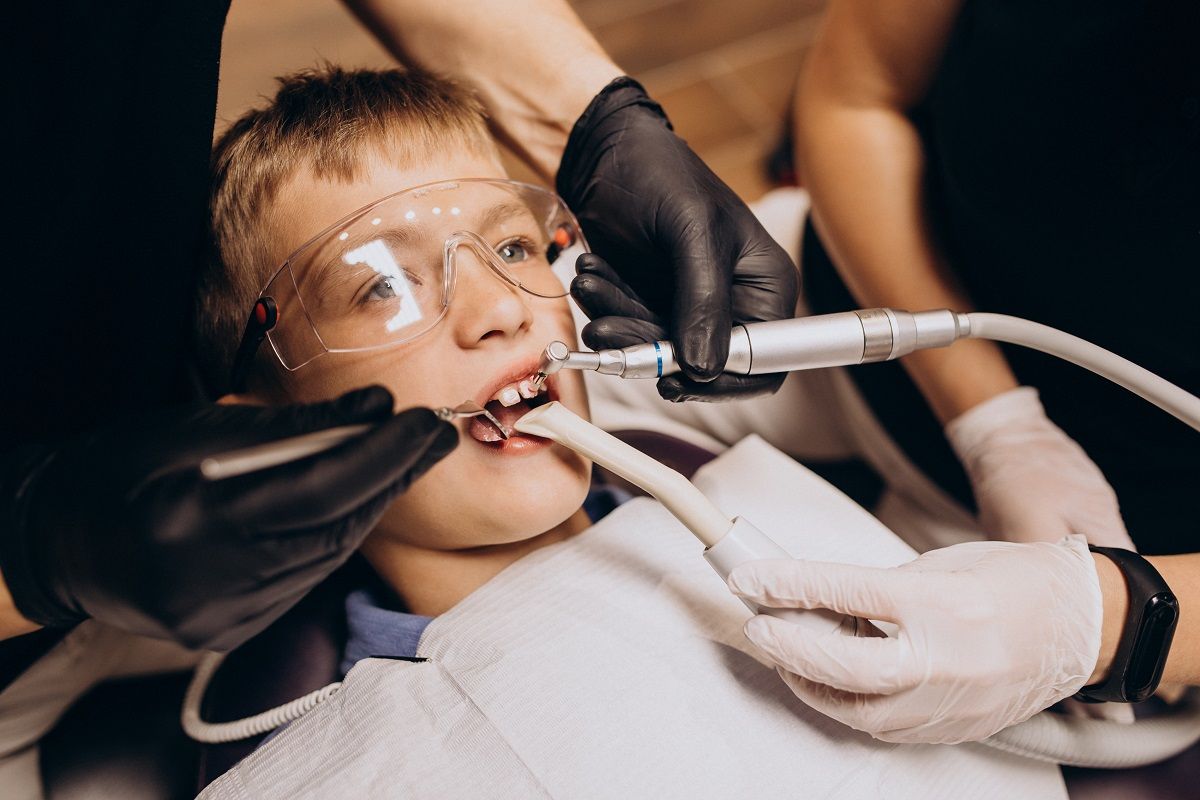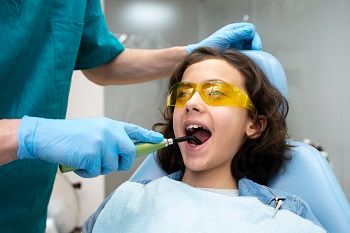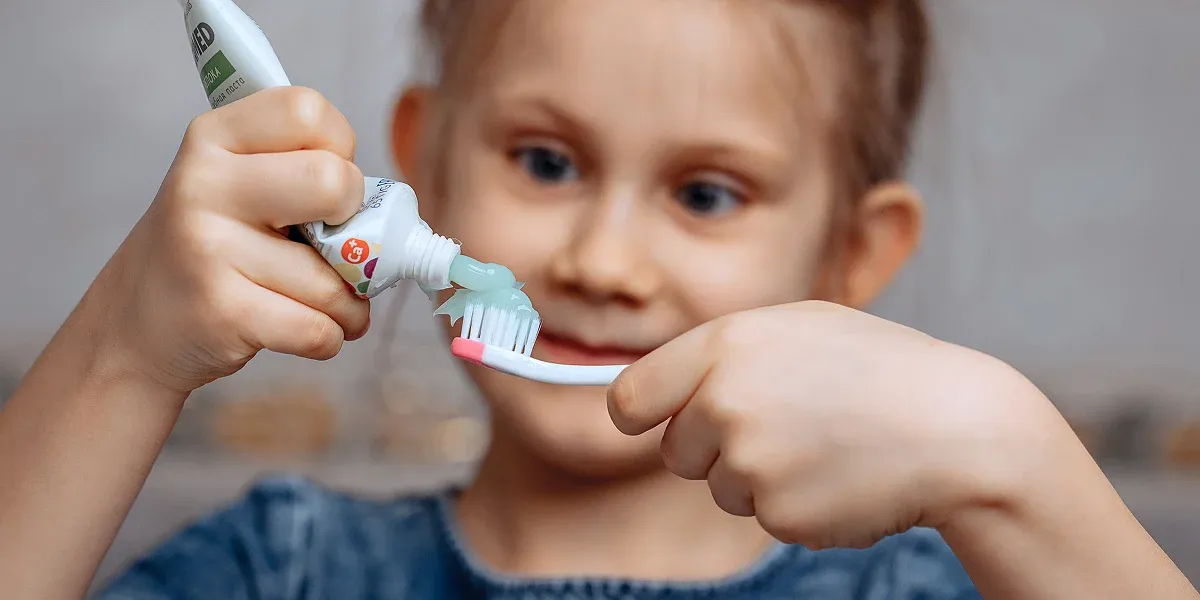
Pediatric Dental Fillings: When Does My Child Need a Filling?
A tooth cavity can still happen even if your child is a disciplined brusher. Around 60% of US children are estimated to have at least one tooth cavity by reaching 5. Tooth cavities are common among children due to many reasons. Some may have an underlying medical condition or suffer from malnutrition. Others take a high-carb diet that includes acidic foods and sugary items. A diet lacking essential nutrients and minerals affects teeth and gums' health. However, you may wonder whether pediatric dental fillings benefit baby teeth.
Cavities happen when the acids in the mouth weaken the tooth enamel. If your child has a tooth cavity, visiting a dentist is imperative to restore the tooth's function. Typically tooth fillings are recommended when the tooth has a small hole. A filling is considered safe and a routine dental procedure that helps prevent further decay. Should the child's temporary tooth be filled if it has a cavity? Read on to learn more about dental fillings for children in this article.
"Children are more susceptible to tooth cavities; some have weak tooth enamel despite good oral hygiene. 80% of all cavities occur in children aged between 2 to 5. Dental fillings are used to treat one or more cavities, and they halt the progression of decay. Fillings preserve the teeth and help eliminate the need for extraction".
Pediatric Dental Fillings
Receiving a pediatric dental filling helps prevent bacteria from spreading. A dental filling can be a single or a combination of plastic, glass, metal, and other materials. All such materials help restore or repair a tooth with a cavity.
Dental fillings fill the gap or hole in a tooth that's decayed, broken, or damaged. In doing so, the tooth returns to its normal function and shape. There are many benefits of dental filling for children. Some of these are enlisted below.
- A dental filling does more than repair the cavity. Besides sealing the opening, a dental filling also provides damaged tooth support in case of a sports injury.
- A dental filling helps prevent severe dental conditions such as periodontal disease and infections.
- Tooth decay or cavities cause pain or tooth sensitivity while the child eats or drinks. A dental filling helps prevent tooth pain and alleviates the situation.
- Nowadays, dental fillings are tooth-colored and give better visual aesthetics to uplift the child's confidence.
- A dental filling can last up to 15 years or more with proper care. They are durable and add support to your child's dental health needs.

Types of Dental Fillings
Nowadays, there are several types of dental fillings for children. The right kind for your child depends upon the need and the recommendation of the pediatric dentist. Here we'll briefly discuss four basic dental fillings appropriate for children.
- Amalgam Fillings - Amalgam fillings are highly durable and contain silver, zinc, copper, and tin mixtures. They are a superb choice for children prone to immense bite pressures.
- Composite Resin Fillings - These fillings are made of resins and acrylic powders. They offer an attractive finish and great visual aesthetics besides preventing decay.
- Ceramic Fillings - Ceramic fillings are less likely to stain over time and can last about 15 years or more. These fillings are mostly made of porcelain but are slightly more expensive than other types.
- Glass Ionomer Fillings - These are ideal for baby teeth and can last for about 5 years, on average. They are an excellent option for temporary fillings on baby teeth and help prevent tooth decay.
When Does Your Child Needs a Dental Filling?
All children are at risk of tooth decay and cavity formation. The tooth cavity is the second most common disease after the common cold. The bacteria on the teeth are acidic, disrupting the tooth enamel. When the enamel wears away, a cavity interferes with the tooth's natural function.
Some symptoms can reveal your child needs a dental filling. As a parent, you must understand these to avoid severe dental health conditions. These are enlisted below.
- The tooth feels hypersensitive while your child eats or drinks his favorite beverage.
- Your child reports a consistent toothache that becomes severe while he chews on the food.
- There are dark spots on the teeth.
- A hole has been formed in teeth where food particles get stuck.
- While your child flosses his teeth, the floss tears because of the cavity's sharp edges.
- There is a visible white line where the infected tooth meets the gums.
- There is damage to the previous filling, and it requires repairing.
- There is a visible crack or chip in the tooth.
If your child suffers from any of the above symptoms, do not wait for the symptoms to aggravate. Visiting a pediatric dentist is essential to relieve the symptoms and restore the tooth's function.
Why Fill a Cavity in Your Child's Non-Permanent Tooth?
Dental fillings are sometimes needed in a baby tooth. Many parents think that filling a baby's tooth is optional. That's because the baby tooth will eventually fall out, and it's not worth the effort and time to fill a baby tooth cavity. Ignoring a tooth cavity in a baby's tooth is generally a mistake because untreated tooth cavities can result in problems like infection, chewing difficulty, and much more. A decayed baby tooth needs dental filling to preserve the rest of the teeth.
Baby teeth are essential until they are in the child's mouth. They influence the way your child speaks or eats food. Therefore, they must be given due attention and receive as much care as permanent teeth.
Leaving an untreated cavity can lead to severe mouth infections, swelling, and pain. Sometimes, a baby's tooth also needs root canal therapy to relieve the dental pain. If the baby tooth has a cavity that isn't filled yet, it creates a problem for the upcoming permanent tooth. Children with decayed baby teeth are more likely to have issues with their secondary teeth. That's because bacteria that cause tooth cavities spread too quickly. If a child's primary tooth has sustained too much damage, it will affect the secondary tooth even before it erupts. Therefore, filling a cavity, even in your child's baby tooth, is essential.
Children must see a dentist as soon as their primary teeth begin to erupt. It mostly happens within the first six months of the child's first birthday. Visit your child's dentist regularly to avoid serious dental health care concerns. It will help fix many dental issues even before they emerge.
Pediatric Dental Fillings Procedure
If a pediatric dentist has recommended a filling for your child, knowing the procedure is crucial for you as a parent. Then, you can prepare your child in advance and relieve his dental anxiety. The process of dental fillings is divided into three simple steps, which are listed below.
- The tooth and the surrounding tissues are numbed at first. It ensures a pain-free dental experience for your child.
- The bacteria and decay are removed from the tooth's cavity. It is then thoroughly cleaned and disinfected.
- Afterward, a filling material is applied to the tooth cavity, and then it is hardened accordingly.
Takeaway
A dental filling can preserve your child's smile. However, you must be cautious about treating the decayed tooth of your child on time. Decayed teeth that aren't treated well on time require other procedures, such as a root canal or a dental crown. If your child needs a dental filling, schedule an appointment with a pediatric dentist today.
Contact your dentist in Stockton, Sajjad Rizvi, DDS at Happy Kids Dental, to know more about Pediatric Dental Fillings.
Resource:
What to expect when you take your child for a dental filling procedure?
*This media/content or any other on this website does not prescribe, recommend, or prevent any treatment or procedure. Therefore, we highly recommend that you get the advice of a qualified dentist or other medical practitioners regarding your specific dental condition*
Subscribe To Our Newsletter
Get Updates And Learn From The Best


